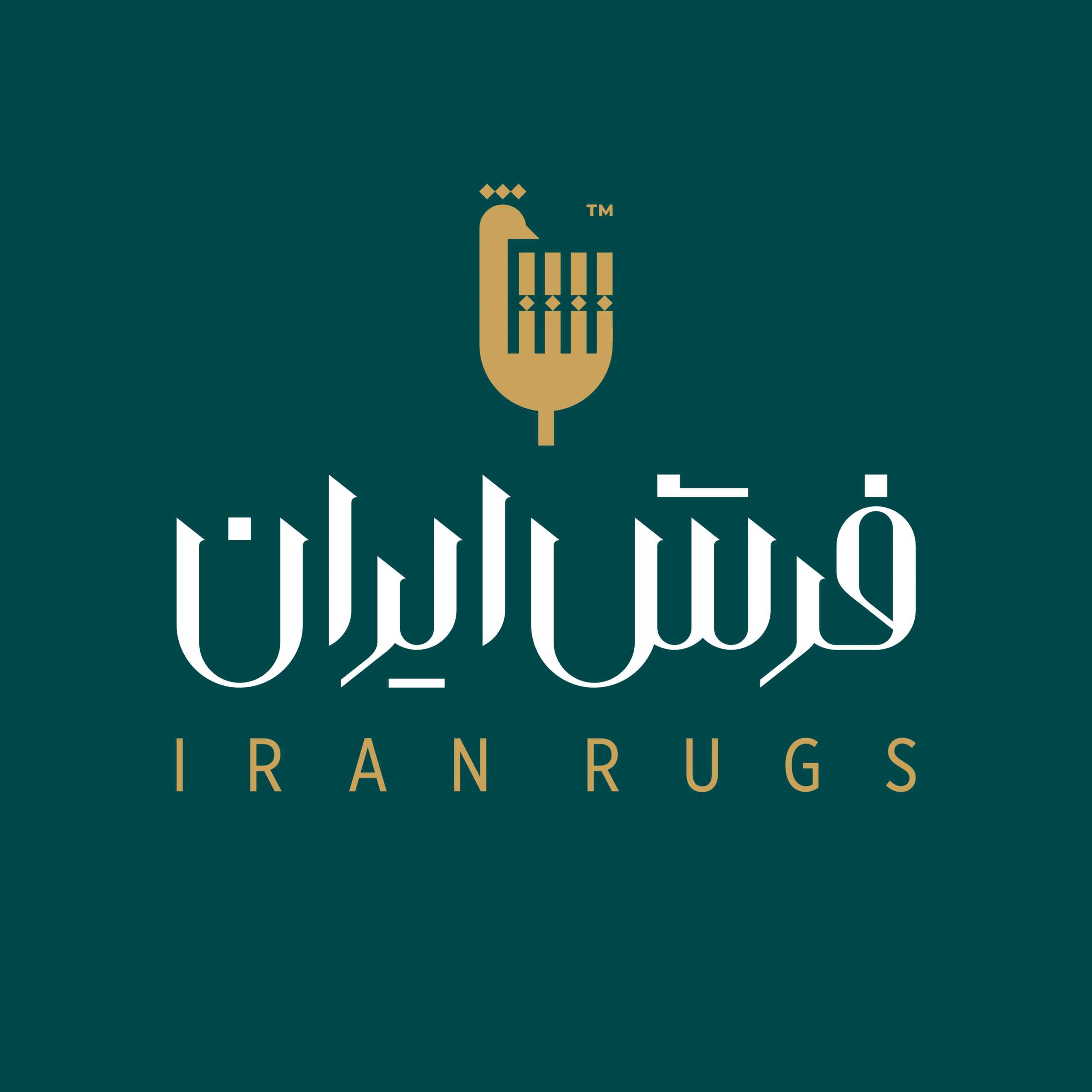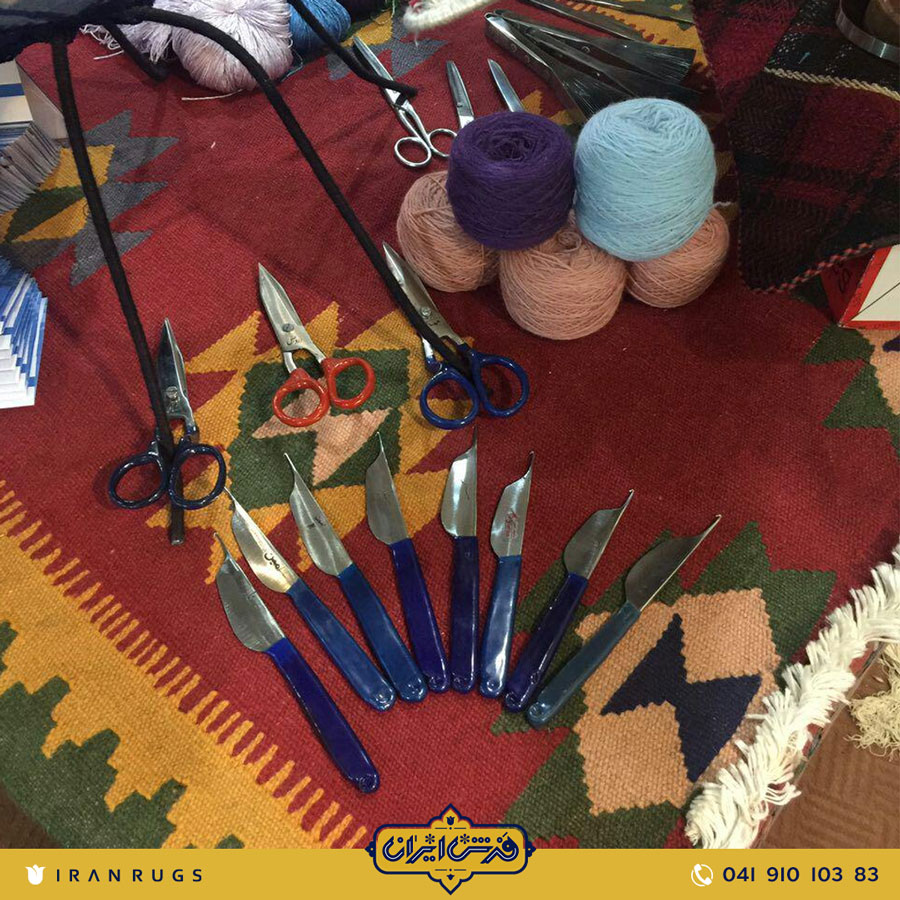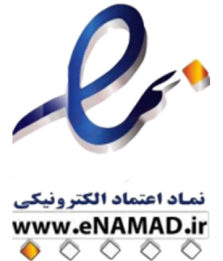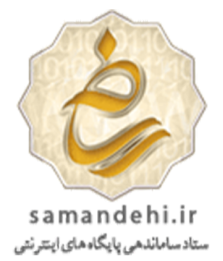Handmade carpet weaving requires tools and accessories to facilitate the weaving process. In some places, less tools are used. For example, the use of hooks is usually common in Turkish weaving and is less commonly used in Persian or Qashqai weaving. Carpet weaving tools and handmade carpet boards also have several names and are introduced and recognized by a specific name in each region.
If you are looking to learn about handmade carpet weaving tools or to teach handmade carpet weaving in this section we will introduce these tools when and where to use them:
Carpet, carpet, carpet weaving machine or handmade carpet board
Carpet weaving is actually the main frame or skeleton of carpet weaving and handmade carpet weaving. Dar is a tool used to facilitate the tissue process. There are many different types of carpets, and the mission of all of them is to keep the carpet. The carpet weaving machine can also have a material made of wood or iron, which is made in a rectangular shape. The carpet or carpet is made up of the following sections:
Two vertical columns on both sides, the right column to the right arrow and the left column to the Left arrow, are also known as two arrows above and below, the Upper Arrow of the head Arrow and the Lower Arrow of the under Arrow, and these two arrows are also called the head arrows. The two upper and lower Arrows are very important in the device. Other parts of the carpet are screws and columns, which are used to loosen or tighten the threads and maintain the heads in the middle.
These days, metal beads are usually used more often, and wooden beads are generally used in educational or decorative topics. The advantages of metal holders include easy transportation due to their light weight, the ability to separate components, the ability to raise carpets and so on … They have. Of course, metal bearings do not have the ability to rotate the carpet and display the back of the carpet. Also, in metal hangers, the carpet cannot be pulled down.
If we want to divide the carpets into two general categories, they can be examined in addition to the division by gender based on how they are placed, which we will discuss below:
1. Standing dargali:
Standing or vertical is the most common device used in carpet weaving and handmade carpeting. Of course, the standing carpet has several models, and the most famous is the Tabriz carpet or the Turkish carpet, which is made by two people, so it is also called the double-sided carpet or the double-sided carpet. All handmade carpeting is woven by standing tools. The Tabriz is usually strong and can be lowered two to three times. It’s also seen on the back and on the carpet weaving.
2. The darkness is asleep.:
A sleeping or horizontal carpet is another type of carpet that rises on the ground. In the past, it was used to weave carpets.
·Handmade carpet weaving hook
A tissue hook is a triple tool sometimes known as a tissue knife. The carpet weaving hook consists of three parts of the handle( in order to take the hook), the blade body (which measures between 2 and 4 centimeters) and the tip of the hook, which is semicircular. The hook is usually up to 12 cm long and is selected based on the number of carpets and carpeting. The tip of the hook is bent and completely polished to hold the strands and pass the tissue threads through them.
The knife-shaped part or hook blade is also used to cut the cream threads in the same size. It is widely used in Turkish or Turkish weaving, and is also called a Turkish knife. In Persian weaving, knots are made by hand and less hooks are used, and the tool used in this weaving is a cartridge, which is generally used to remove the excess cream after the knot, forming two parts of the handle and the blade.
The advantages of tissue hooks include increasing the speed of the Weaver when weaving, less damage to the fingers when pulling the string, coordination and fit of the knots, less use of yarn and decreased yarn circumference, carpet weaving and high-density and high-count carpet boards, and short knot weaving in prominent role designs.
* Pudding or pudding
The pudding skewer is a strap-shaped metal strand that is 50-70 cm long. The tip of the forged padding skewer is perfectly smooth and polished. The width of the padding is 1 to 5/1 CM, and its main use is to pull the pad from the strands. There is a hole or hole at the end of the body of the pudding thread for pulling the pudding thread. This tool is also generally popular among Tabriz weavers and Turkish and symmetrical weavers.
In Turkish tissue, the pressure between the tent is high and the tent is very tightly stretched, so the Weaver cannot pass the pad by hand for the padding operation, so the padding will help the weaver at this time.
* Double or shoulder
Daphne, Daphne, shoulder, cricket, or Kirkuk is a tool with different names in different climates used to beat the pad in each weave. The shoulder is generally metallic, but surviving appliances have also found examples of wooden bars. The shoulder is a set of thin metal sheets( straps) that are compressed together, and eventually this compression of the handle will be formed, which is used by a coating to prevent the sheets from colliding with the hand.
The use of a knitted shoulder will be involved with the knitting skill because if the operation is not done properly, it can cause serious damage to the tent and eventually lead to a tear in the tent. The weight of the shoulders varies, and the shoulder weighs about half a kilogram, making it possible for the weaver to carry and lift it with one hand. The shoulder will also be selected based on the number of carpets or handmade carpets.
Persian and Turkish shoulders have differences in appearance, for example, Turkish shoulders have a curvature of the handle, whereas Persian shoulders are completely flat. On the other hand, the Turkish shoulder has a metal handle, but the Persian shoulder consists of a wooden handle with thick teeth and made of metal.Persian weight is greater than the shoulder of the blade due to the thickness of the blades and is usually known as cricket among weavers.
* Scissors
Scissors are tools that remove excess tissue or thread. The operation of picking extra thread was done in the past after the weaving of each weave, but today it is usually done at the end of the weaving of the carpet or carpet board. In some places, scissors are manually removed and payment machines are automatically used for this purpose. Today’s scissors are used to cut small threads during work.
Scissors also differ in Turkish and Persian varieties.Tabriz or Turkish scissors have a raised and angled handle, and the edges of Turkish scissors are sharp and the Blades are perfectly straight. Persian scissors are completely flat and the middle metal bulge is used to measure knots or trim them.
* Map
The map is actually the guide and the line of the way to execute a design for the Weaver. Without a plan, it will be difficult to implement the plan correctly or again. Maps are designed in many different types. To find out the map, you can refer to the article carpet map and carpet board.
* Burpaki
It is a carpet-weaving tool that is used to pull the knots together. The Barefoot shape is a thin sheet of iron, and the handle is attached to a blade plate. They use a top-down, firm pull on the edges of the tissue.
* Cardstone
A hook Stone is a tool used to sharpen a hook blade. Of course, if there is no stone cutter, ordinary sandwiches or electric and manual sharpening knives can be used.





